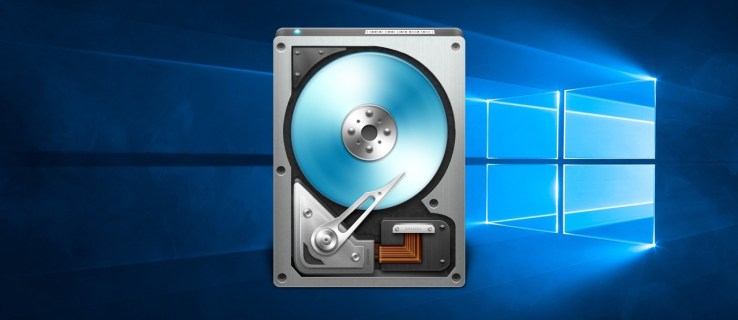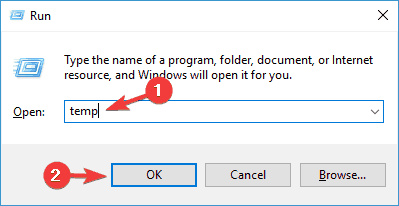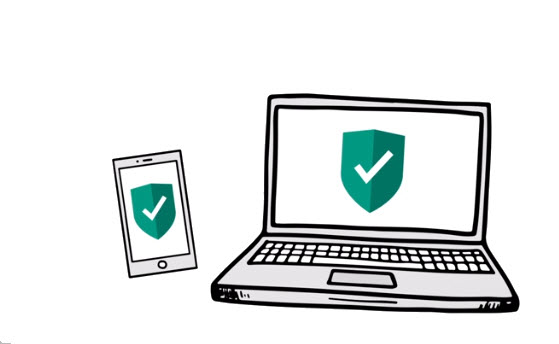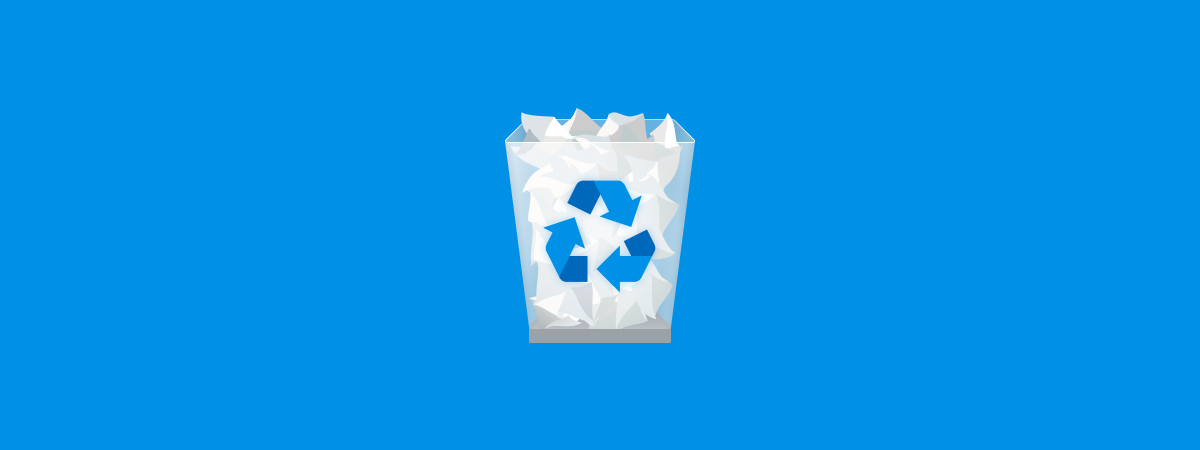Are you sick and tired of it taking forever to open a website, file, or program? Did your computer seem to run much faster when you first got it? If your answers to these two questions were yes, please read on. I will give you tips for improving your computer.
They can all be done today, even if you are new to computers. The seven steps I will share with you are so easy; you can do it! Computer technicians in several support organizations use these techniques, and some charge a lot of money for their walking you through these processes. You are going to get them today at no charge. Are you ready? Then let's begin!
Step 1: Scandisk
It would help if you ran Scandisk at least once a month. This will ensure that your computer can read all the information on your disk. How will this speed up my computer? I'm glad you asked! Your computer has in its hard-to-drive what the technicians call redundancy. What I mean is if your computer is trying to read a file and the data isn't read correctly from the disk, the computer attempts to read that information repeatedly a set number of times. This results in slower loading times.
When Scandisk is run regularly, it keeps your disk free of these storage errors and enables the computer to get the information it needs from the disk as quickly as possible. Scandisk should be run before the next step every time. I know you're asking how I run scan disk. It's simple. Find that icon on your desktop or start the menu labeled 'My Computer.' You will see a listing of all the drives on your computer. Right-click on the drive you want to scan and go to properties.
There, you will have a tools tab. Click on it. You will see a button that says check for errors. This is Scandisk or also called check disk on different versions of Windows. There are two different modes, Standard and Thorough. Standard checks and ensures that all the bits and pieces of your files are in a spot on the disk where it thinks they should be.
In other words, it checks for filing errors. Thoroughly does a standard check, tests each location on the disk where the drive can write something, and ensures that what it writes reads back the same thing. If it doesn't read the same information back, it marks that spot as bad so that it is not used. This keeps down that redundancy thing we spoke of earlier. Wasn't that easy? Now, on to Step 2.
Step 2: Defrag
Defrag should be run once a week if you use your computer for more than 14 hours a week. This equates to about 2 hours a day. Most people who actively use their computers will fall into this category. Defrag, whose real name is disk defragmenter, is your best friend for speed. You see,, when your computer writes something to the disk, it turns the disk and drops bits of the data you want to write wherever there is a hole. It then tells the filing system where it placed that piece.
So your file could be broken into 20 pieces! Your disk takes longer to load the file because it has to jump around to different spots to gather the pieces together when needed. Defrag takes care of this by invoking the details and writing them back to the disk in one piece. This way, it's all right there when you need the information. To defrag, it's the same as where we went for the scan disk. You go to 'My Computer,' right-click on the drive you want to defrag on, and go to properties. There, go to the tools tab. Click the Defragment button. Wow, this is getting easier by the minute! On to step 3.
Step 3: Background Programs
Background programs slow down your computer's performance. They accomplish this by using up your computer's resources. Resources are the combined power of your processor (brain), memory, and disk space. These 3 are the equivalent of horsepower. This is where you will also gain a lot of your speed back. If you look at your screen area right now, I can show you a fraction of some of these that you never thought of. The place I want you to look at is called your system tray. It is next to your clock, opposite your start menu. The watch is on the left side if your start menu is on the right. Next to the clock, you will see these little icons or pictures. These are programs that run on your computer whenever it boots. Guess what? These are background programs. They are there to help load things you need faster. If you are following this guide, you don't need most of them. Do you?
Here is how you get rid of them and most of the others you can't see. Sorry, folks on Windows 2000, this step won't work for you. If you read to the end, I promise I will give you a bonus to make up for it. Ok, for the rest of you, click on start. Click on the run-type MSConfig. Click ok. You should get a system configuration utility. Be very careful here and follow my instructions exactly. Click on the startup tab at the top. You will have a list of all the programs that run when your computer boots or starts. If you look down the list, some names will be familiar to you. When you see those names, I want you to think: "Do I need this program running all the time?" If the answer is no, uncheck the box. For example, some of you may have heard of RealPlayer. There's a smart start icon associated with it. You don't need a real player running when you will only be playing FreeCell, do you? :) On to step 4.
Step 4: Temporary Files
Temporary files hold up space on your disk. These files are most of the time useless. Temporary files are just that; files created by a program or installer. They are supposed to be deleted when no longer needed, but many programs do a poor job of cleaning them up. Helping them out will get you more speed for your horsepower. For example: let's take temporary internet files.
When you go to a website, every element of that website's decorations is stored in a temp file on your computer. Your computer does this to help, supposedly. It's supposed to help when you revisit the same site; the elements of the website will already be on your computer and therefore don't have to be downloaded again. This, in theory, should speed up your surfing, right? Wrong! Here's what goes down. Your computer reads every temp file for every website element to see if it matches.
Every single file in your temporary internet files folder! To grasp this, here's what I want you to do. Open internet explorer. Go to the tools menu and click on internet options. Click the settings button. Then click the view files button. Do you see what I mean? Every file! Now...Close the temporary internet files window. Click OK on the settings window. Do you know that button next to settings on the internet options window? It's labeled delete files. Click it. Check and delete all offline content.
Click ok. When the hourglass is gone, you are all clean! This should be done once a month. This will keep your whole computer running smoothly. The secret lies in Internet Explorer. It's integrated so much into Windows when it has a problem; Windows has a problem. I am saying when you opened my computer in steps 1 and 2. You were using internet explorer. Ok. Nuff said. On to step 5!
Step 5: Antivirus
Good Antivirus software is an absolute must! There are several choices to choose from. Some cost money and some don't. Viruses hide on your computer and wreak havoc. If you don't have antivirus software on your computer, you will never know they are there. They sit and hide until their appointed time and then interfere with your computer. Viruses are programs written by people with too much time on their hands and not enough morals. They sit and think of ways to make your day bad.
Some viruses will sit on your computer and do nothing but open up connections to other servers all over the internet. What does that do? It slows your computer down drastically! Nuff said. You can get paid antivirus software like Norton, Mcafee, or Computer Associates. If you don't have the cash to spare, you can go to your favorite search engines like Yahoo or Google and enter 'free antivirus download' and get a list of all kinds of scanners. Some are far better than none.
Some of the best free software I have found are AVG, Avast!, and ClamWin. If you have a fear of installing software, never fear. There are also free online virus scanners. Again, you go to your favorite search engine and type in 'free online virus scan,' and you will get plenty of results. Beware, though; with these scanners, you still risk getting infected.
You have to go to the site and scan the computer yourself, preferably once a week. At that time, a virus could have already infected your machine. Antivirus software you install on the computer checks every file every time it's used, thus drastically decreasing infection chances. It's like a flu shot. Some good online virus scanners are Norton, Panda, and BitDefender. Now, on to step 6.
Step 6: Recycle Bin
It is essential to keep your recycle bin empty. What I mean is this, you don't want to have hundreds of files sitting in your recycle bin that you deleted six months ago. They are taking up valuable space. Windows uses your drive as the memory to run programs. When you run out of physical memory, it operates a page or swap file and stores it there. These recycle bin files take up space that Windows could use for memory.
Every bit of memory you can get adds to your horsepower. So for God's sake, please keep your recycle bin tidy. Get rid of things that you are sure you won't need again. When you delete something and are sure you won't need it again, you can hold down the shift key and press the delete key to delete it without permanently sending it to the recycling bin. And now, last but not least, step 7.
Step 7: Adware and Spyware
I like to call these small-time viruses. The industry calls them parasites. Norton calls them extended threats. Do you get my drift? What is adware aAdwareware, you may ask? They are quite similar. I'll start by explaining how you can get them on your computer. Let's say you download a 'free' program on your computer that you think is pretty neat. If you are like most of us, you don't take the time to read the license agreement. If you did, you would find a line similar to installing this product; you agree to install XYZ product, which will be used to send marketing information to the software makers.
Do you see how they get you? One of the other ways you can get it is by going to some random website. It doesn't matter what it is, but they have this script that runs as the page loads and installs the adware spyware on your computer. The last way that I will discuss here is a virus. There are viruses out there whose sole job is downloading adware, Adwaree, keyloggers, and other malicious software onto your computer. These things slow your computer down. Here's how they work.
California high-speed rail delays
Adware and spyware install on your computer, and watch what you do and where you surf; you know what interests you. They then open a connection to a server and report your activities. They are very good at what they do! Where adware aAdwareware differ is spyware does nothing but report your activities. On the other hand, Adware rAdware your activities, and the server says to send it an ad to display on your computer. Now, just like there are antivirus programs out there, there are excellent anti-spyware and anti-adware programs on the market. No Adware, Spybot, and Adaware are some good ones.
In conclusion, simple maintenance and preventative measures are seven major ways to speed up your computer. Run scan disk, defrag, get rid of excess background programs, delete temporary files, get some antivirus software, and get good adware and spyware remover utility. I hope you have found this information useful. I hope I have helped someone here with this information, and I pray that you will check out some other beneficial information at P. S. For Windows 2000 users, I promised you back in step 3.
Here's where I deliver! If you can access a Windows 98, ME, or XP machine. You can copy msconfig.exe to a disk and use it on your computer to eliminate background programs using the directions in step 3. Search the c: drive for msconfig.exe and copy it to a floppy.
Could you bring it to your computer and run it? God Bless! I have been in computer support for ten years. I was born and raised in Dallas. I am a Sunday School teacher at my church, Independent Missionary Baptist Church, located at 1108 West Milam St. Ennis, TX 75119, where Rev. Louis Massey is Pastor. I invite you all to come and visit us sometime.
how to improve computer performance, how to speed up computer performance, check computer performance, computer performance test online, how to check computer performance windows 10, how to improve computer performance windows 10, factors affecting computer performance, auto computer performance, computer performance monitor, computer performance app, computer performance analysis, computer performance and evaluation, computer performance and evolution, computer architecture performance evaluation methods, performance computer architecture






